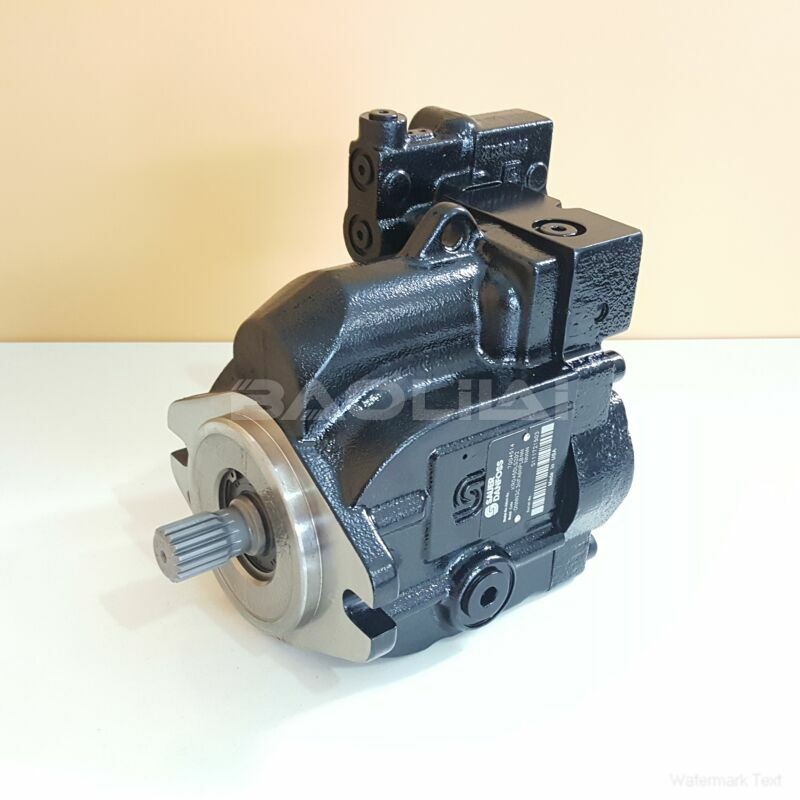KRL045DLS2020NNN3K1NGA6NKNBNNNNNN danfoss pump
KRL045DLS2020NNN3K1NGA6NKNBNNNNNN danfoss pump

- Product Details
- Applicable Scene
Sauer Danfoss pumps are renowned for their reliability and efficiency in hydraulic systems. However, like any mechanical component, they can develop leaks over time. Identifying and addressing these leaks promptly is crucial to maintaining operational integrity and preventing further damage. Here’s a guide to help you identify and solve common leaks in Sauer Danfoss pumps.
KR-L-045D-LS-20-20-NN-N-3-K1NG-A6N-KNB-NNN-NNN
KRL045DLS2020NNN3K1NGA6NKNBNNNNNN
Identifying Common Leaks

80003477
Visual Inspection:
Begin with a thorough visual inspection of the pump and its surrounding components. Look for signs of fluid accumulation, discoloration, or residue that may indicate a leak. Pay close attention to the seams, joints, and seals.
Listen for Unusual Noises:
While the pump is in operation, listen for unusual noises such as hissing or dripping sounds, which can indicate a leak. If the pump is louder than normal, it could be a sign of air entering the system due to a leak.
Check for Performance Issues:
A sudden decrease in pump performance, such as reduced pressure or flow, can be symptomatic of leaks. Monitor the system for any discrepancies in expected performance metrics.
Inspect the Seals:
The seals in Sauer Danfoss pumps are a common point for leaks. Check for any signs of wear, damage, or deterioration. Cracked or brittle seals can lead to fluid leakage.
Look for Fluid Patterns:
If the area around the pump is wet, trace the moisture back to its source. Look for fluid patterns on the ground, equipment, or the pump itself to narrow down the leak’s origin.
Common Leak Sources
Shaft Seals:
The shaft seal is a typical culprit in pump leaks. Over time, seals can degrade, leading to fluid escaping along the shaft. Replacing worn seals is often a simple solution.





